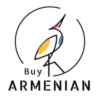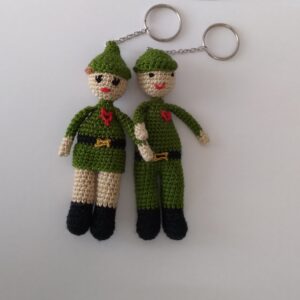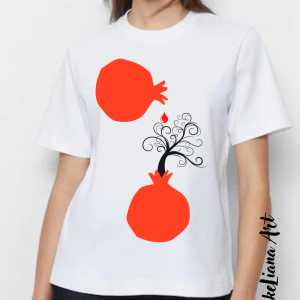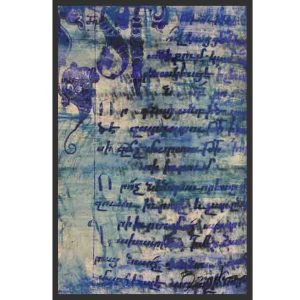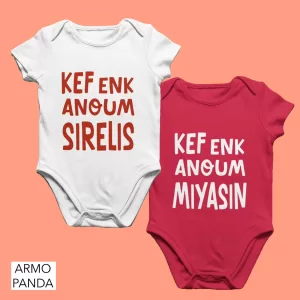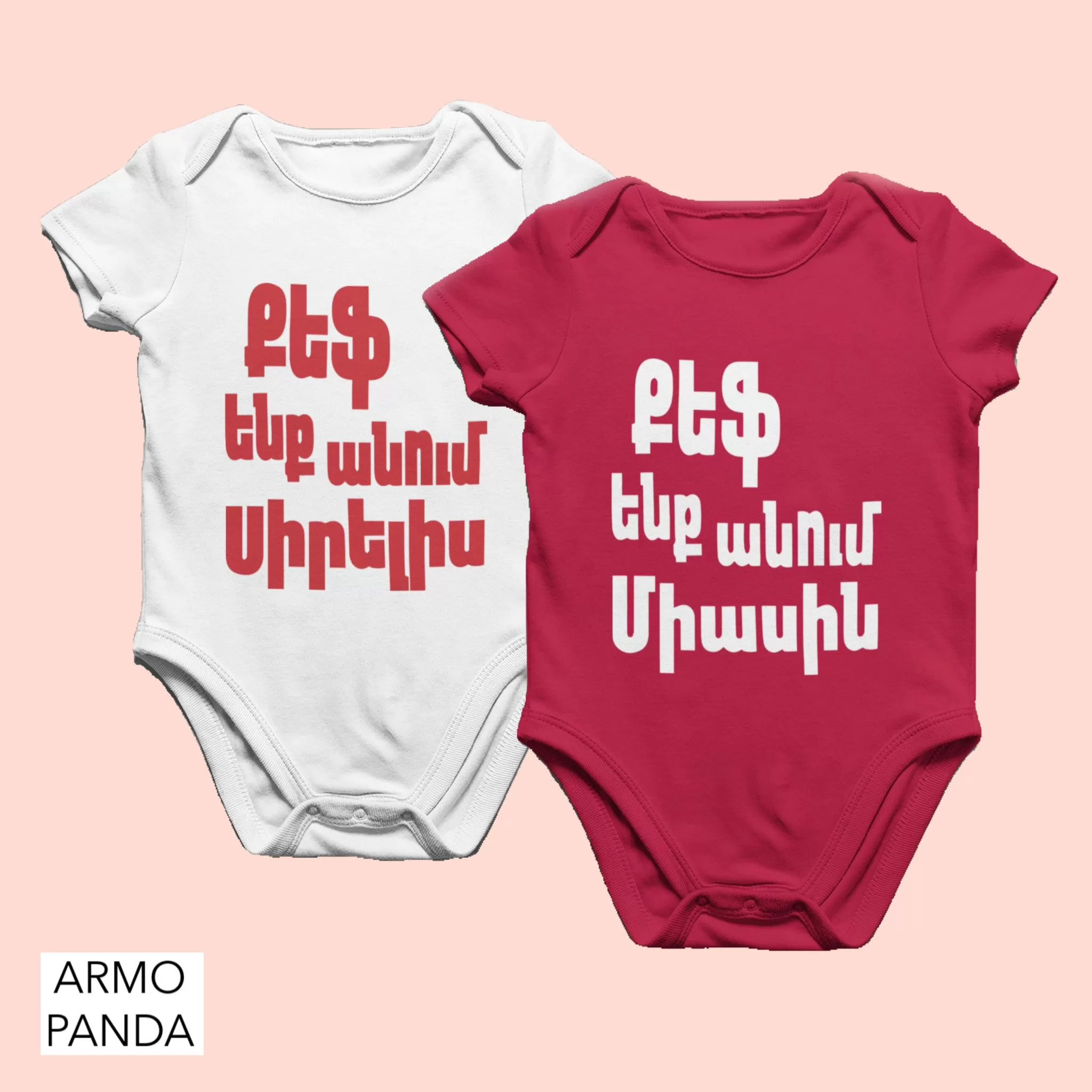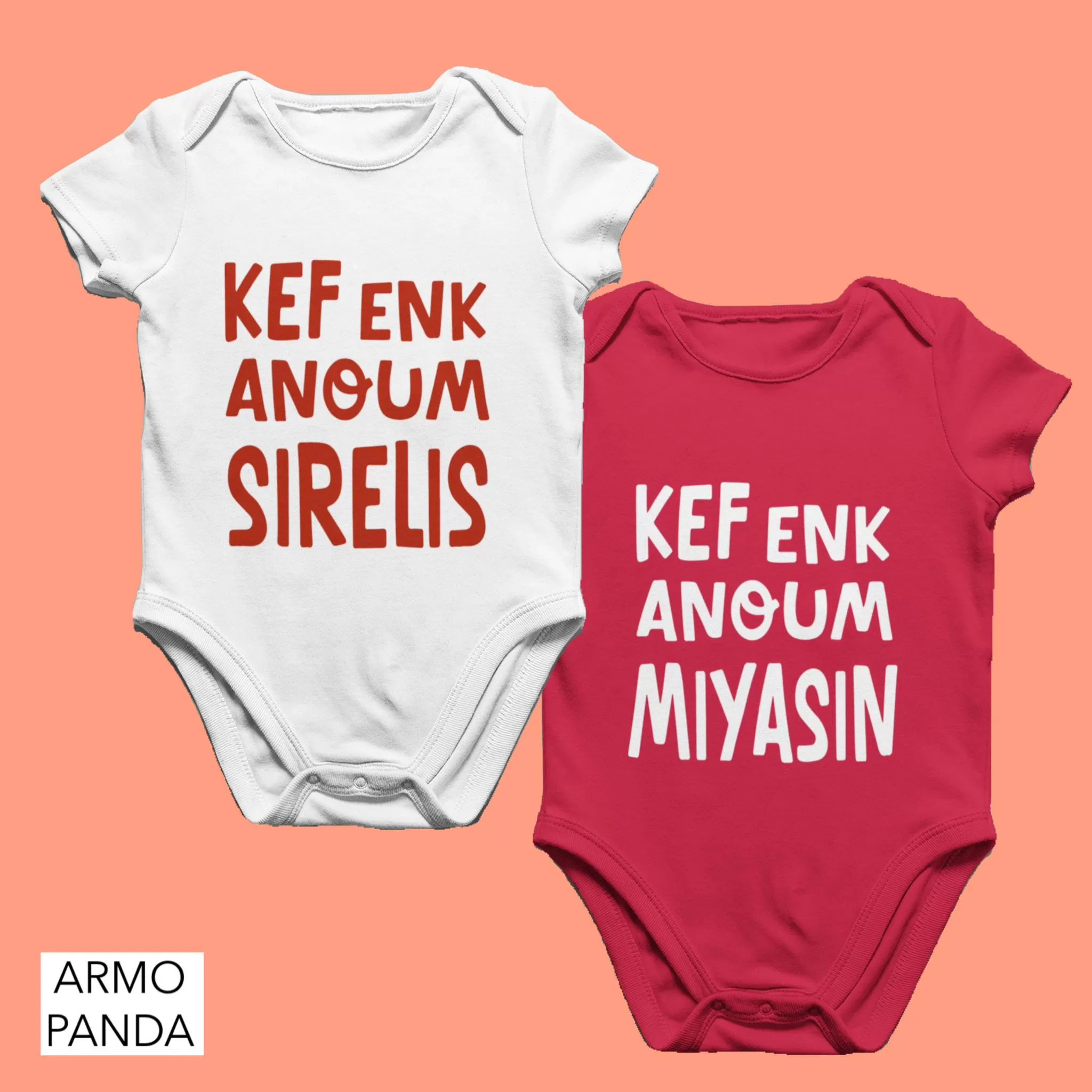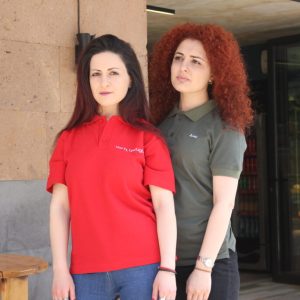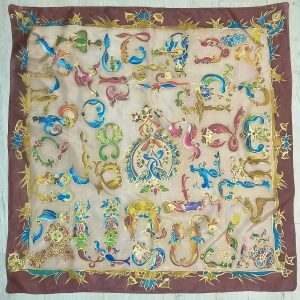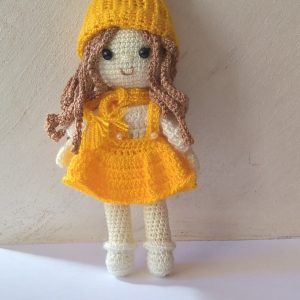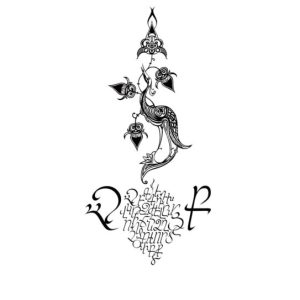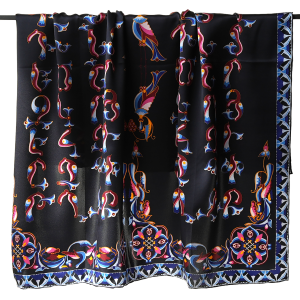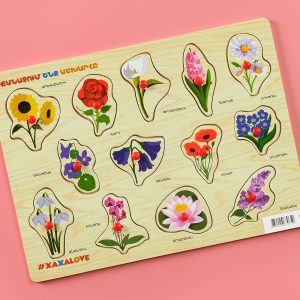-
-
“Pieces For Peace”
This artwork is a part of the “Pieces for Peace” initiative, dedicated to the aftermath of the Artsakh conflict, created by Vasken Brudian and the Ardēan team.
This collection utilizes fragments from manuscripts of Gandzasar school, passages from St. Gregory of Narek’s prayers, architectural and cross stone motifs.
This artwork is mixed media, including oil paint, acrylic, and pastel on canvas.
The dimensions of this artwork is 36 x 57 cm ( about 14.5 x 22.5 in)
$300.00“Pieces For Peace”
$300.00 -
“Masterpieces Of Russian Poetry” Book
Հուշանվերային հրատարակություն
Գունավոր տպագրություն
Էջերը ոսկեզօծ
Կազմը` հայկական օբսիդիան քար
Պատյանը` կաշվե
Տպագրվել է 50 օրինակ$100.00 -
Ceramic Christmas Ornament
- Ceramic Christmas ornaments with sublimation printing. You can order with the print of your photo.
The size is about 3 inches (about 75 mm). Thickness is 0.2 inches (3-4 mm).
$4.50 - Ceramic Christmas ornaments with sublimation printing. You can order with the print of your photo.
-
Kef Enk Anoum- Twin Baby Onesies
100% Cotton with high quality prints. Available in Latin and Armenian letter for your baby twins 🙂
$60.00
-
“Armenian & Artsakh” Short Sleeve Polo Shirt
Lyoka’s products have unique embroidered or printed inscriptions of the Artsakh dialect or Armenian patterns.
$23.00 -
-
-
“Bolorgir Alphabet”
Armenian calligraphy limited edition print, signed and numbered. 275 gsm archive, museum quality Hahnemühle (German) paper. Size: 297 × 420 mm (11×16 inches), (prints are shipped unmounted).
$275.00$300.00“Bolorgir Alphabet”
$275.00$300.00 -
“Trchnagir” Alphabet
The Armenian alphabet was created in 405 AD.
One of the greatest marks of the Armenian identity is the Armenian language. The exact origins of the Armenian language, however, are a little bit obscure. Such is the case with many ancient languages. Serious scholarship starting from the 19th century has placed Armenian among the wider family of Indo-European languages, although it forms its own separate branch within that group. So the language does not have any close relatives today, even Indo-European ones, such as Spanish and Portuguese or Russian and Polish might be considered.Armenian is also unique in its writing system. The Armenians use their own alphabet which was, by tradition, created following the studies and meditations of a monk, Mesrop Mashtots, in the early 5th century AD. Christianity had already been accepted as the national religion for a hundred years in Armenia, but the Bible was not yet available in the native language. The tradition goes that the main motivation to come up with a separate Armenian alphabet was in order to translate the Bible in such a way that would be accessible and suitable for the language and the people.
Mesrop Mashtots – who has since been venerated as a saint, as the patron of teaching and learning for Armenians – accomplished the task in the year 405 AD, thus setting the stage for a rich trove of works of religion and history, science and philosophy, illuminated manuscripts, and published books in the millennium and a half that followed, continuing on today. A major road in the capital of Armenia, Yerevan, is named for Mashtots, and one end of it is the apt location for the Matenadaran, the national repository of manuscripts which also functions as a research institute and museum.
$110.00“Trchnagir” Alphabet
$110.00 -
